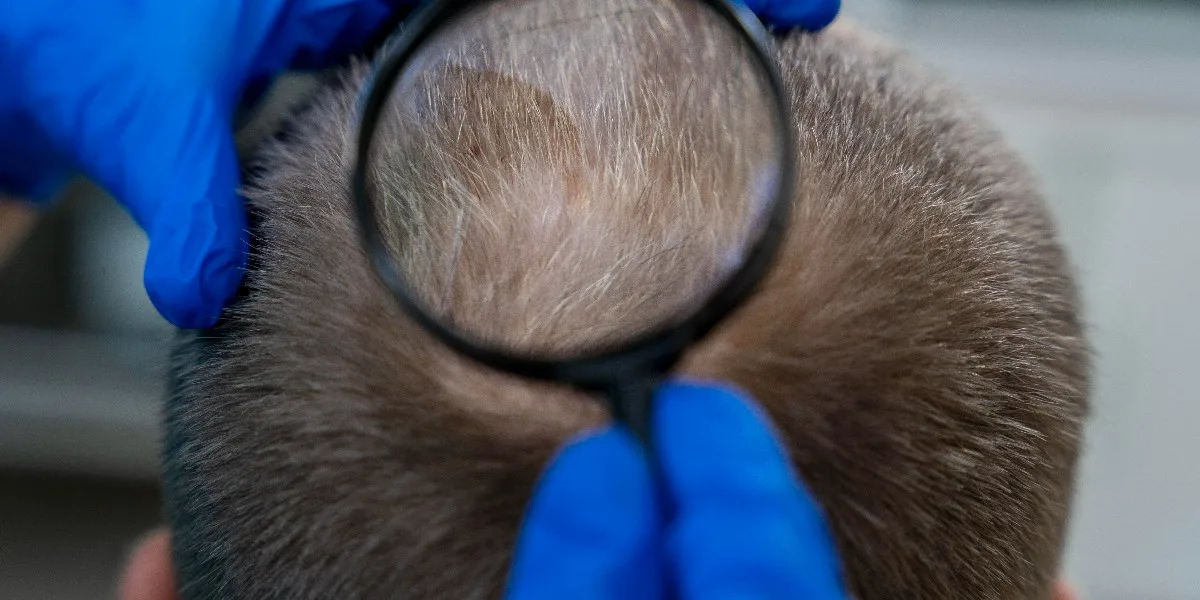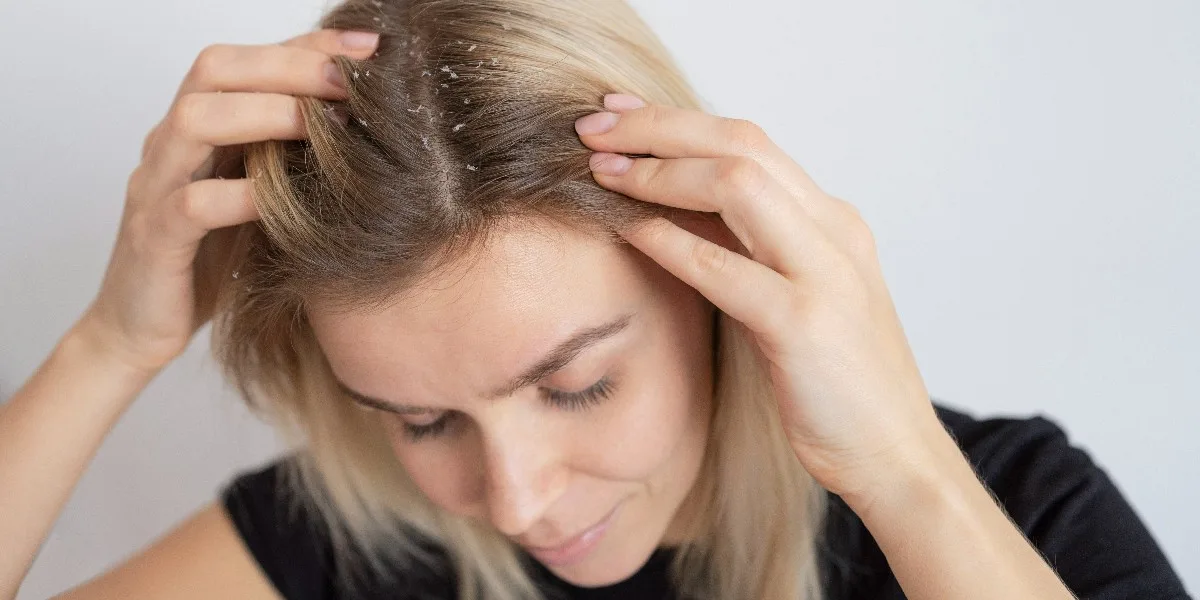1. What is Alopecia Areata ?
Alopecia areata is a common autoimmune disorder that leads to unpredictable hair loss. For many, this condition causes hair to fall out in small, round patches, typically on the scalp. However, it can affect other areas of the body as well. While the condition is not life-threatening, its impact on an individual’s self-esteem and quality of life can be significant.
2. Understanding the Causes of Alopecia Areata
The root cause of alopecia areata lies in the immune system. In people with this condition, the immune system mistakenly attacks hair follicles, causing hair loss. Although the exact trigger for this autoimmune response remains unclear, genetics plays a significant role. Individuals with a family history of alopecia areata or other autoimmune diseases are at a higher risk. Environmental factors, such as stress or exposure to certain viruses, may also contribute to the onset of the condition.
3. Who is at Risk?
Alopecia areata can affect people of all ages, but it most commonly appears during childhood or teenage years. Both men and women are equally susceptible. A family history of alopecia areata significantly increases the risk, as does the presence of other autoimmune conditions like thyroid disease or vitiligo. Those with a genetic predisposition should be aware of the early signs and consider seeking medical advice if symptoms develop.
4. Symptoms
The most obvious symptom of alopecia areata is hair loss, which often starts with small, round patches on the scalp. These patches may expand over time or remain localized. Some people may also notice thinning of the eyebrows and eyelashes. In addition to hair loss, alopecia areata can cause changes in the nails, such as pitting or ridges. These symptoms can vary in severity from person to person, making each case unique.
5. Types of Alopecia Areata
Alopecia areata presents in several forms:
- Alopecia areata (patchy): Characterized by round, bald patches on the scalp or other parts of the body.
- Alopecia totalis: Involves the complete loss of all hair on the scalp.
- Alopecia universalis: Leads to the total loss of hair across the entire body, including the scalp, face, and other areas.
Understanding the type of alopecia areata one has is crucial for determining the most appropriate treatment approach.
6. Diagnosis
Diagnosing alopecia areata typically begins with a thorough physical examination and a review of the patient’s medical history. Dermatologists often look for the characteristic pattern of hair loss and may perform a scalp biopsy to confirm the diagnosis. In some cases, blood tests are ordered to rule out other conditions that might cause similar symptoms, such as thyroid disorders or lupus. Early diagnosis can help in managing the condition more effectively.
7. Treatment Options
Several treatment options are available for those with alopecia areata:
- Topical treatments: Corticosteroid creams or ointments applied directly to the affected areas can help stimulate hair growth.
- Oral medications: These include corticosteroids or other immune system modulators that can be prescribed to reduce inflammation and encourage hair regrowth.
- Light therapy and alternative treatments: In some cases, phototherapy (light therapy) or natural remedies may be recommended, though their effectiveness varies.
Treatment plans are often personalized based on the severity of the condition and the patient’s preferences.
8. Coping with Alopecia Areata
Living with alopecia areata can be emotionally challenging. Hair loss can affect self-esteem and lead to anxiety or depression. Support groups and counseling can provide valuable emotional support, helping individuals navigate the psychological impact of the condition. Additionally, lifestyle adjustments, such as adopting stress-reduction techniques, can play a crucial role in managing symptoms and improving overall well-being.
9. Living with Alopecia Areata
For those living with alopecia areata, finding effective ways to manage the condition is essential. Hair care routines may need to be adjusted, and cosmetic solutions, such as wigs or head coverings, can help individuals feel more comfortable. Managing stress through exercise, meditation, or other relaxation techniques can also help, as stress is often linked to the worsening of symptoms. By focusing on overall health and well-being, individuals can live a full and active life despite the challenges posed by alopecia areata.
Read also : does dandruff cause hair loss ?
Disclaimer : The information provided here offers a general overview and is not a substitute for personalized guidance from your healthcare provider regarding hypoglycemia and its management. It’s crucial to have a tailored hypoglycemia management plan developed in collaboration with your healthcare professional. Regular check-ins with your healthcare provider for blood glucose monitoring and medication adjustments are essential for maintaining optimal health.






